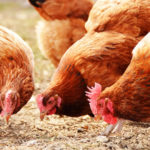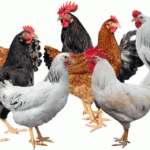Kienyeji chicken also known as indigenous chicken are the free range chicken that are mostly kept in the rural and peri-urban areas. They are a popular delicacy in Kenya and dot almost every village home. Their eggs are also a delicacy due to their yellow York. Their meat and eggs stand out in the market and is popular with hotels and eateries.
However there are a few considerations a prudent farmers should take into account to achieve the desired outcomes in profitable kienyeji chicken farming.
Chicken Housing
This is the first decision a farmer will have to make. What type of housing will suit the farmer’s environment, bird type and method of raising chicken? Chicken houses should be predator proof, should be constructed such that the uncovered sides are not exposed to direct wind, hence the East-West orientation is always ideal. Adequate ventilation should be provided to the birds preferably through a wire mesh (chicken wire) which can be covered or opened depending on prevailing weather conditions.

Spacing for the chicken should ideally be one square feet per chicken though sometimes farmers with adequate land tend to provide more spaces. Finally chicken like perching on raised places and this needs to be taken into consideration by building a few wood perches around the house. A chicken house can be made using any available material like wood, iron sheets and soil. What is important in the final analysis is that the conditions for best chicken raising are met
Chicken run how many birds in a given area
Pure Kienyeji chicken or improved kienyeji like Rainbow Rooster cannot be wholly confined as this will have impact on productivity. A free area also known as a chicken run has to be constructed around the housing unit where they can exercise. This also provides a free running area for the cock for fertilization purposes.

Choosing the right breed
The farmers should choose strong cocks with superior pedigree and hens that do not abandon eggs and broods easily and effectively. All selection should be done from those chicken the farmer has determined to be very healthy. Only in this way will the superior characteristics be passed to a new generation hence good productivity.
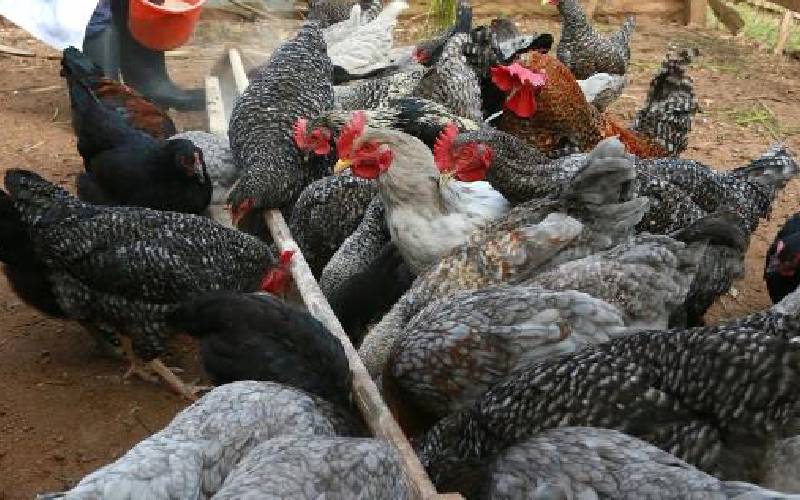
Hatching of chicks
Eggs are hatched using an incubator (if the farmer has one), a mother hen or a hen that assists in the brooding process. In other instances other birds like a duck can be used to sit on eggs and hatch chicks acting as a surrogate. Farmers should take note that the age of eggs given to hens to hatch or placed in an incubator should not me more than 14 days old. In cases where the hens are used in hatching, care should be taken to ensure birds are given enough eggs that they can comfortably cover with their wings. Any eggs beyond the warmth of the mother hen will not be hatched. In cases where a farmer opts for synchronization, the hen or duck sits on eggs for two consecutive hatches, new eggs are introduced as chicks hatch.
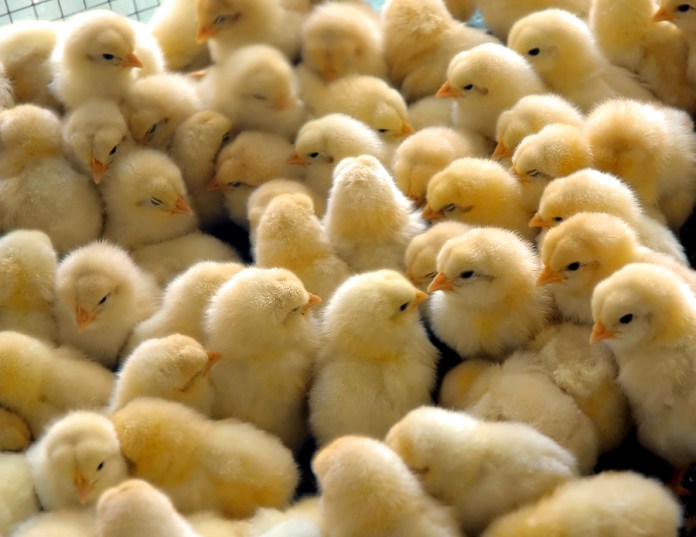
Collection of eggs
Hens require very comfortable, safe and slightly darker places to lay eggs and farmers should strive to accord this environment. Eggs should be properly marked as they are laid [preferably with a pencil so now eggs older than 14 days are not given for hatching. Eggs should also be cleaned before storage and stored with pointed side facing down to maintain freshness and ensure desired embryo development.

Brooding
Brooding can be done using several ways, a lantern or heater in a cardboard, through a mother hen or charcoal jiko. Care should be taken not to provide too much heat or two low temperatures as in both cases the chicks will die.
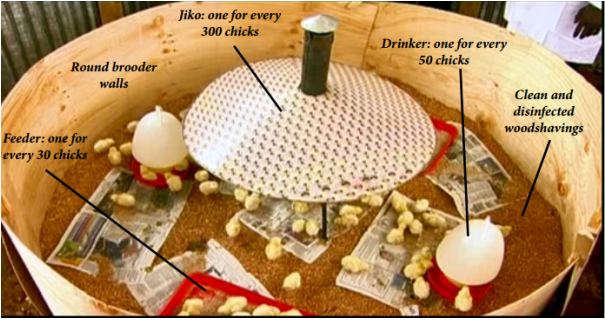
Rearing chicks
Chicks remain fragile until they are a month or two months old. It is prudent to give them lots of water and enough food that is easy to digest in their formative stages. Allowing them to walk or run freely when they are three weeks or a month old helps in limb exercises and prepares them for walking and interacting as they eat and drink. Finally the vaccination schedule should be strictly honored in addition to proper hygiene to help in prevention of disease.
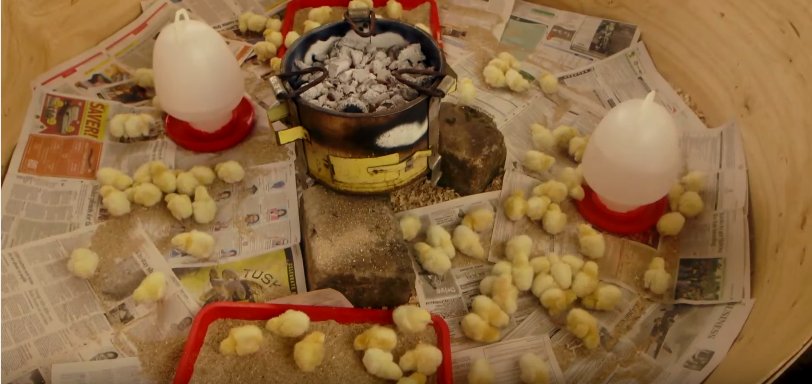
Keep proper records
Keep proper records on vaccination, number of chicks, feeding quantities, deaths, eggs laid and income from sales among others. Proper record keeping ensures you are on top of your business and helps you in planning and management.
